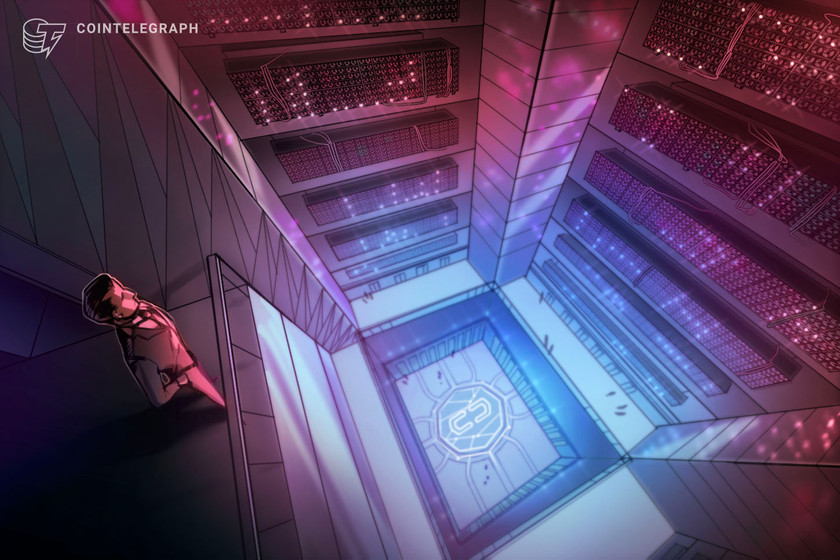Bitcoin miners see mixed successes in tackling debt-fueled overexpansion crisis


Industry players accumulated over $4 billion of debt in the last crypto run-up.
According to a recent report by Hash Rate Index, publicly-listed Bitcoin (BTC) miners took on more than $4 billion worth of debt during the run-up to the crypto bull market. Mesmerized by rising prices, industry rushed hand over fist to purchase Bitcoin application-specific integrated circuits miners on easy credit.
However, in today’s context of Bitcoin price collapse, skyrocketing electricity prices, lower market prices for mining rigs, and record-level mining difficulty, 2022 became an extremely difficult year for sector players. That said, some are holding on better than others.


Top 10 publicly-traded Bitcoin miners by liabilities | Source: Hashrate Index
On Jan 3, Bitfarms announced that the company sold 1,755 BTC during Dec. 2022 for total proceeds of $29.9 million. The firm then used this amount to pay down $16.5 million in its BTC-backed facility, along with $2.0 million in equipment-related indebtedness.
Bitfarms also managed to renegotiate miner purchasing agreements leading to extinguishing $45.4 million without penalty while establishing a $22.4 million credit for pre-paid pre-paid deposits to be applied against future purchase agreements. The company mined 5,167 BTC ($86.1 million at the time of publication) for all of 2022 and had an outstanding debt balance of $47.0 million at the year’s end.
The same day, Stronghold Digital Mining announced that it reached an exchange agreement to convert $17.9 million of its debt into preferred stock bearing a face value of $23.1 million. The preferred stock would bear no interest nor dividends, and would, in turn, be convertible into common stock (with negligible par value) at a conversion price of $0.40 per share, which is near the stock’s market value of $0.44 at the time of publication.
Others were not as fortunate. Cointelegraph previously reported on Dec 21 that Greenidge signed a $74 million debt restructuring agreement with creditor NYDIG. The deal, if executed, would provide credit relief at the cost of restructuring the company from an independent Bitcoin miner into a hosting site for NYDIG’s Bitcoin mining rigs. Similarly, Core Scientific, one of the largest players in the sector, managed to secure a $37.4 million loan but nevertheless is undergoing bankruptcy.
Not all Bitcoin miners embarked on credit-fueled expansion strategies. On Jan 3., Digihost announced that it increased BTC production by 60% year over year. The company said it has no debt other than a vendor-take-back mortgage on its Alabama facility in the amount of $934,500. Cointelegraph also previously reported on Dec 21 that German Bitcoin miner Northern Data said the company had no financial debt while expecting $204 million in revenue for 2022.









